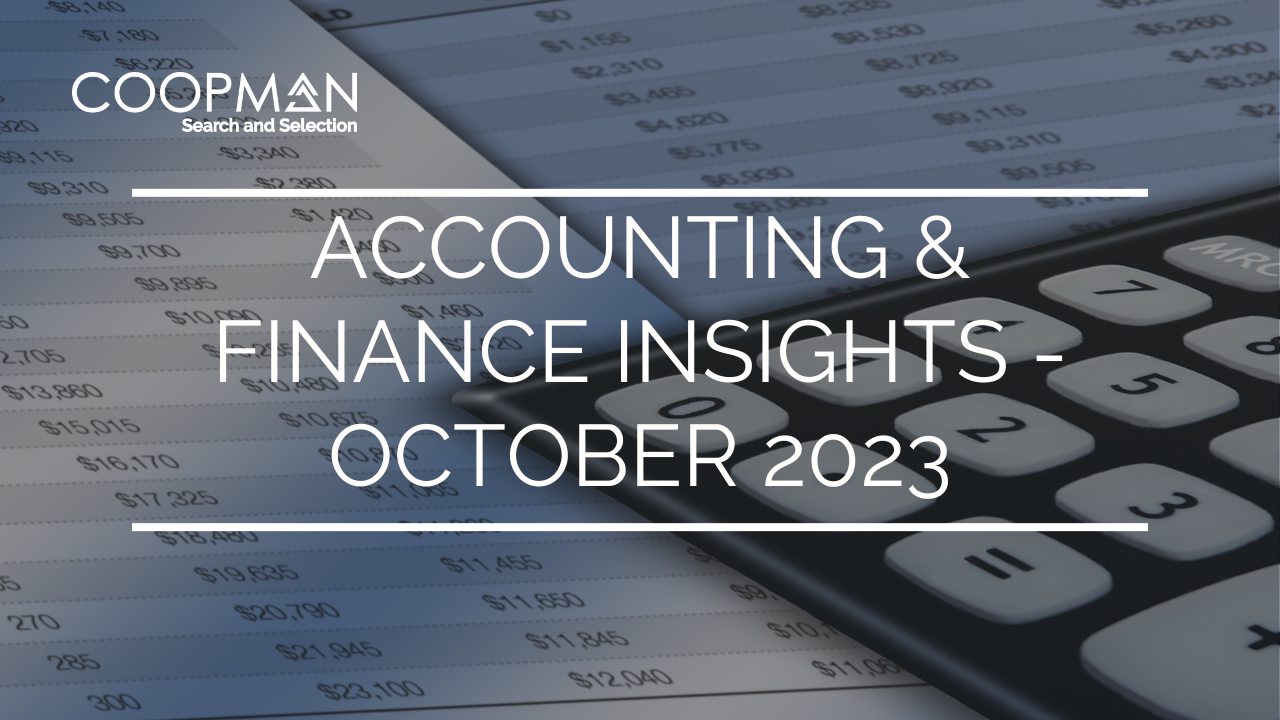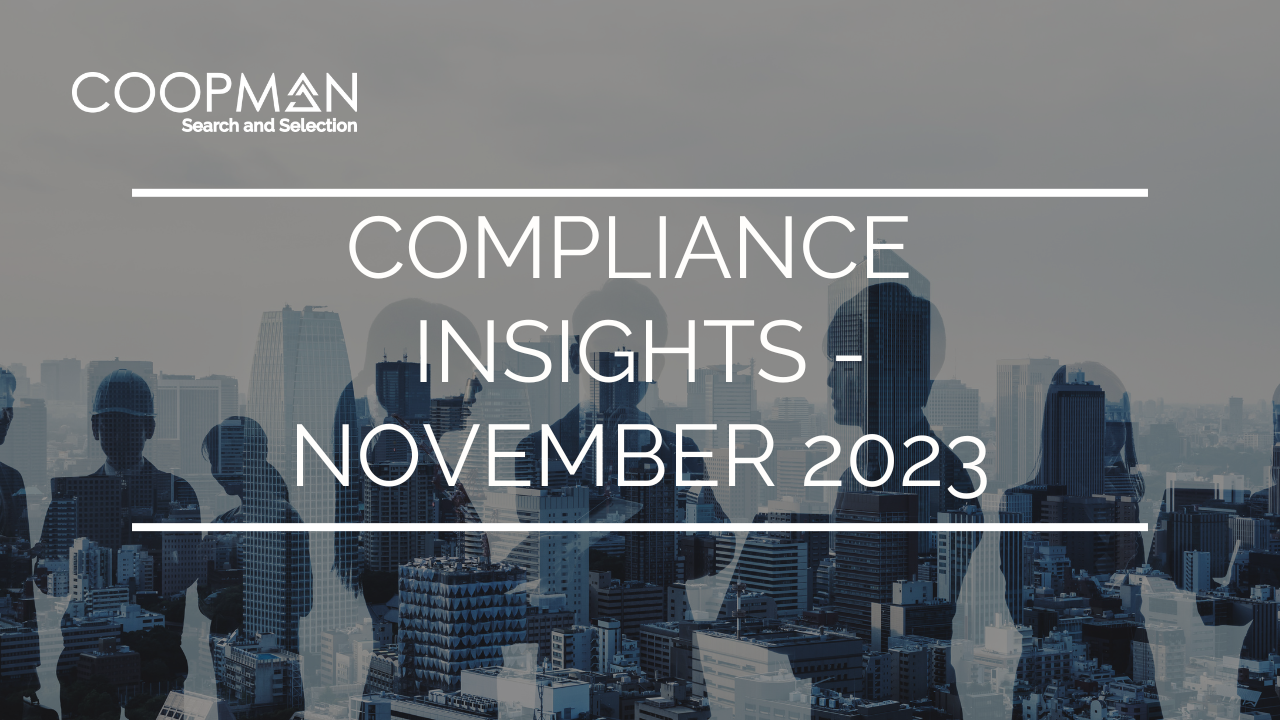As we transition from H1 to H2 2023, the hybrid working model continues to be the main condition for jobs and companies throughout the financial services sector. In turn, physical, in person interviews are very few and far between. Regarding our recent Coopman survey, the trend of this year is simply that candidates prioritize flexibility over anything else and proceed to highlight its significance when searching for opportunities. As those in the financial services sector continue to source the best talent for their teams, we must reiterate the importance of face-to-face (F2F) interactions within the interview process to attract the most talented and skilled labour available.
While individuals do indeed value flexibility, that does not mean the interview process should be carried out digitally. According to an article by Indeed, 82% of companies shifted to virtual interviews when shutdowns made in-person interviews no longer possible, and 93% of those that did shift intend to continue using virtual interviewing even though conditions have changed. Companies must now take the opportunity to conduct interviews F2F, where possible. This is especially true for local teams that are interviewing local candidates. From stage 1 to stage 4 or whatever stage of an interview process, the candidate should be meeting everyone physically at the perspective employer’s office. In person interviews have no equal when it comes to recruiting the best talent for your business.
There are significant advantages to both parties by using this strategy. Potential candidates feel more engaged in the process, getting to know the work location, offices, and travel element. They have also gained a deeper understanding of the organisational culture and will feel more comfortable accepting an offer following an assessment of the environment. Given that the current market is strong, candidates could have 6 or 7 options at any given time. According to research from SmartRecruiters, 77% of employers globally report difficulty finding the skilled talent they need in 2023, versus 35% a decade earlier. It is vital to build a F2F relationship from the very beginning to enhance the candidate’s interest in progressing further with less mid- process withdrawals.
From the hiring perspective, the major advantage is that there will be excellent engagement from the candidate. The recruiter will get to understand their body language and interpersonal skills. Each step of the interview process should be F2F, avoiding the digital distance of a screen call and reducing the potential for ghosting.
Advice for clients
One way to incorporate this change is to schedule interviews for the days that your team is in the office. This way you can meet onsite or in a nearby location. If working remotely, meeting near your location, or meet mid-point in a nearby café works just as effectively as near the office. This way you receive the benefits of the hybrid working model and in person contact to enhance your hiring process. Due to the talent shortage, companies need to be assessing their hiring strategies to source and progress in their journey with ideal candidates.
In short, it is still possible to meet local talent without the use of digital assistance to start to build a mutually beneficial and rewarding relationship with potential candidates from the very first contact as this will support your team and company to make the right decisions in hiring the best people.
If you require guidance regarding your ongoing resource planning and addressing these challenging circumstances, please get in touch with Director and Co-Founder, Mark Fallon, at mark.fallon@coopman.ie








